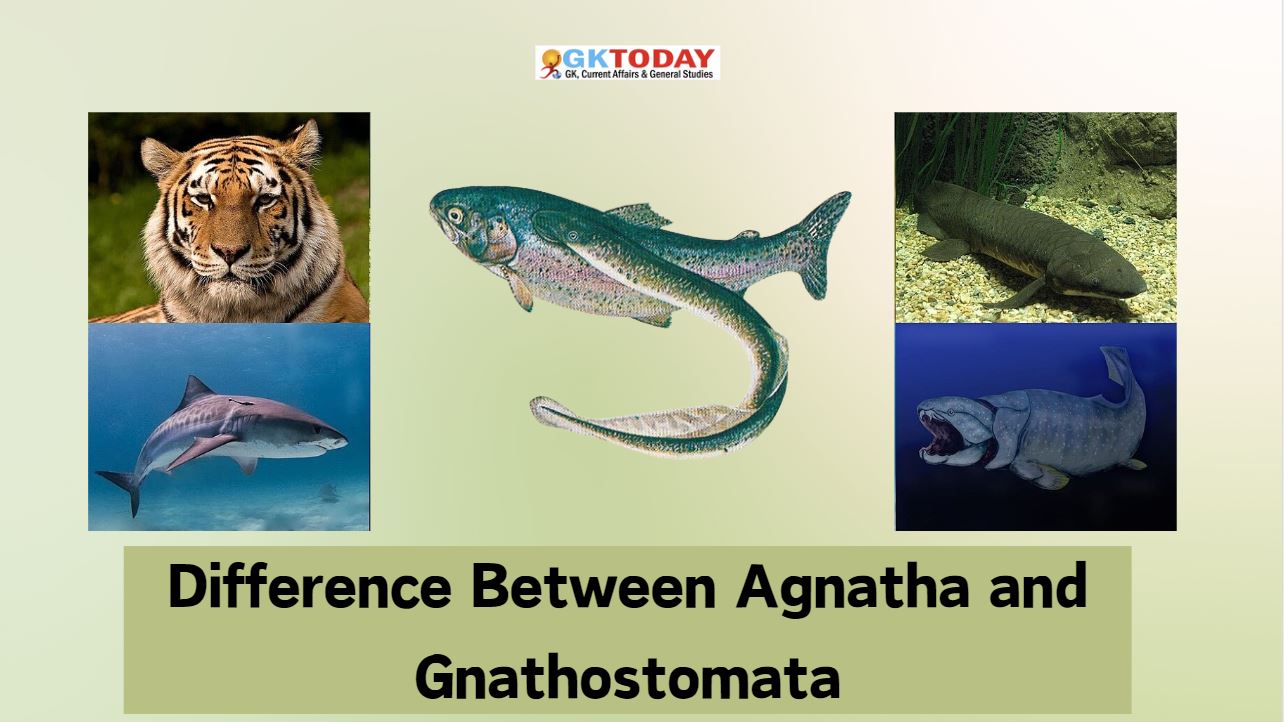Difference Between Agnatha and Gnathostomata
With currently 64000, species, majority of the members of Phylum Chordata belong to sub-phylum Vertebrata. All vertebrates possess notochord during the embryonic period only and later it is replaced by bony vertebral column. Further, the vertebrates have a ventral muscular heart with two, three or four chambers, kidneys for excretion and osmoregulation and paired appendages which may be fins or limbs.
Vertebrata has been divided into two divisions on the basis of jaws i.e. whether or not they have jaws. Those who lack jaws, have been placed in Agnatha while those possessing jaws have been placed in Gnathostomata. The Agnatha division has only one class called Cyclostomata whose members include Lampreys and Hagfishes. Lamprey are toothed (but jawless) vertebrates which have a sucking mouth. Many of these are known for boring into the flesh of other fishes to suck their blood. They can attack humans also. Hagfishes are known as Ocean scavengers.

The Chordates that bear jaws have been placed in a division called Gnathostomata. It has been divided into two super-classes viz. Pisces (fishes) and Tetrapoda (that bear limbs). This division is shown in below graphics.



